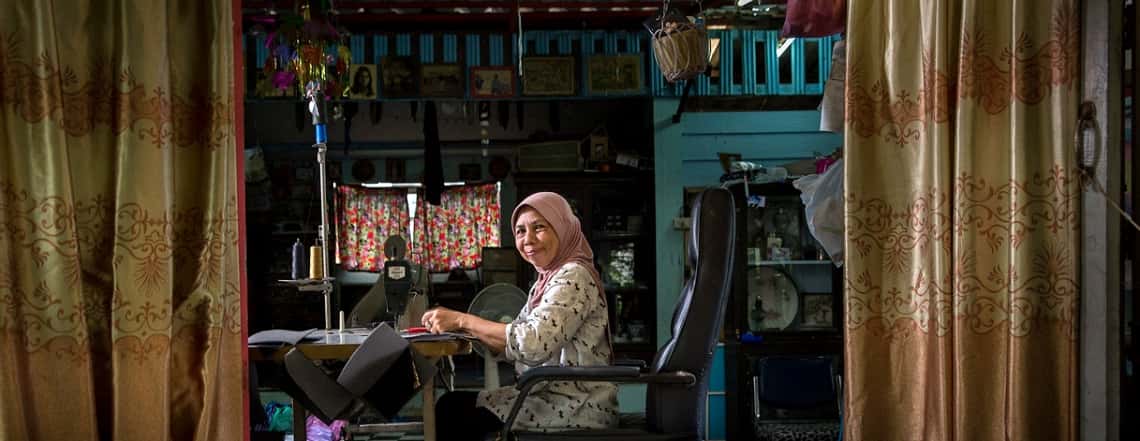
All posts in Asia & the Pacific
-
Audiovisual Materials
Ep 3: Domestic Workers in the city
“Domestic Workers in the city” is the third episode in a radio series on informal workers in Delhi, produced by WIEGO and originally...
Read More -
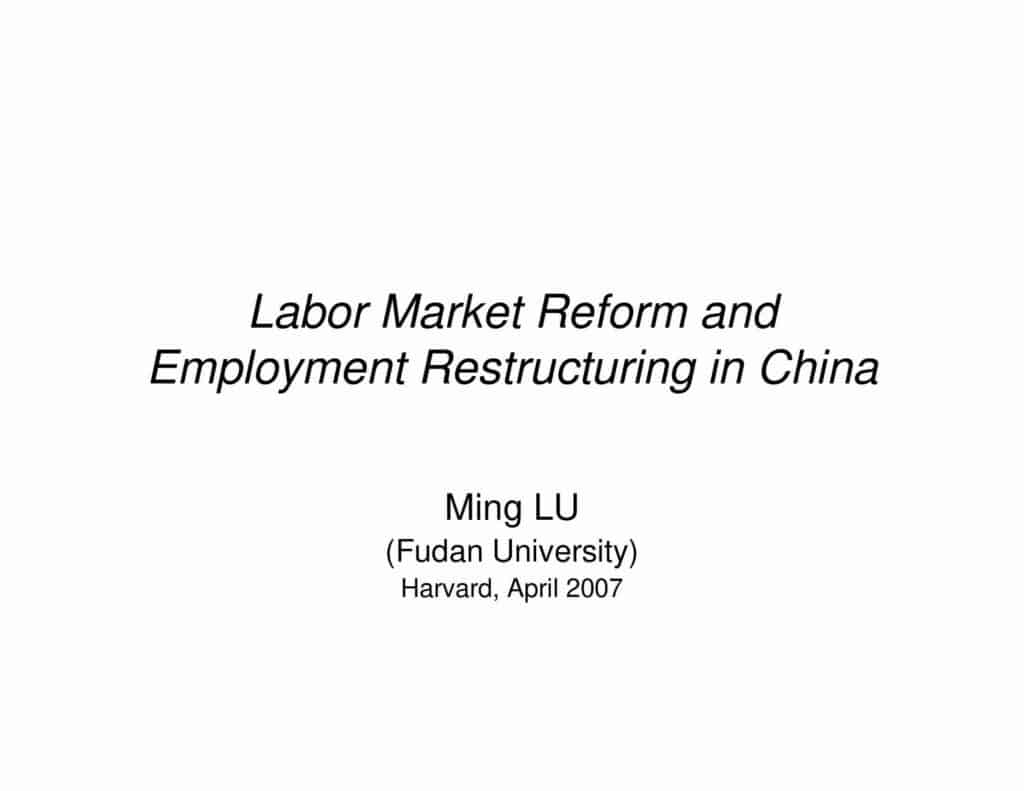 Presentations
Presentations
Session 1 – Labor Market Reform and Employment Restructuring in China
materials from China-India Labour Market Research Design Workshop, 2007
Read More -
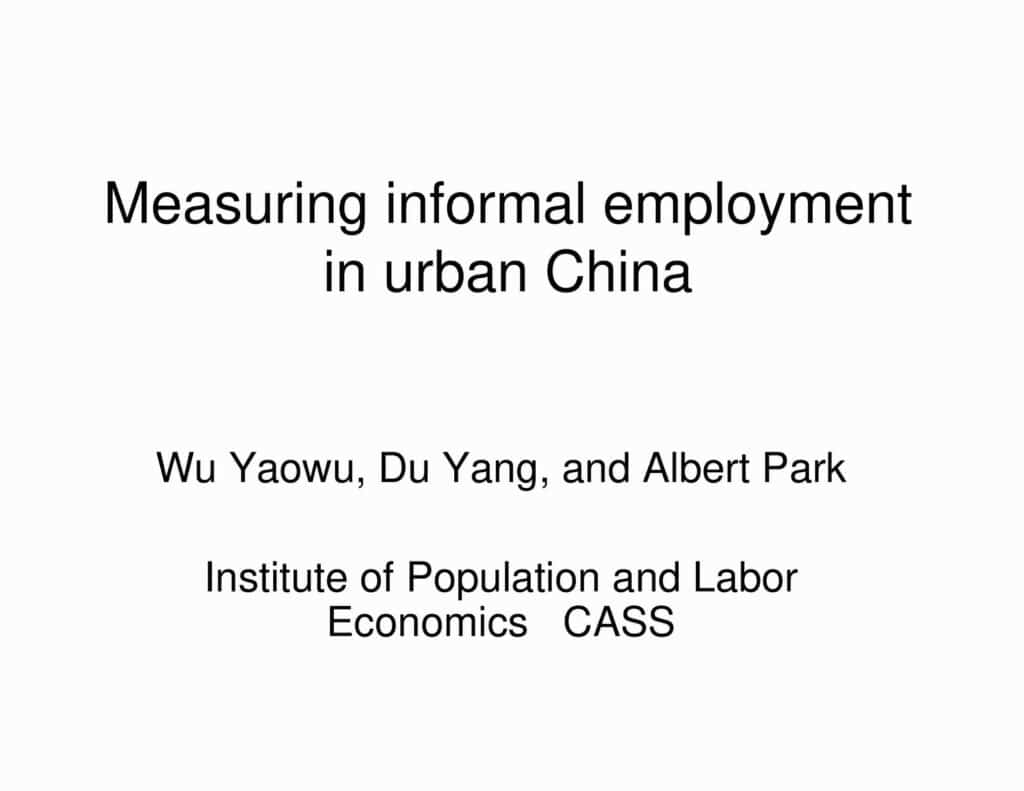 Presentations
Presentations
Measuring Informal Employment in Urban China
Beijing workshop presentation for the China-India project, “Informal Employment, Poverty and Growth in India and China”
Read More -
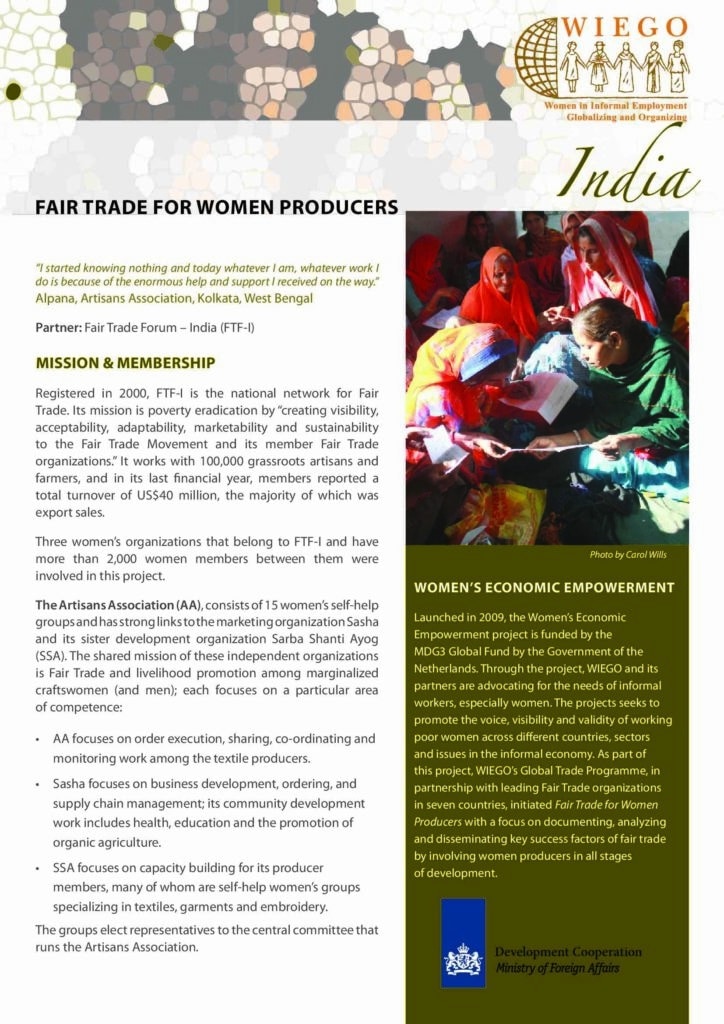 Fact Sheets/Infographics
Fact Sheets/Infographics
Fact Sheet: Women Organizing for Fair Trade in India
Details of the MDG3-funded Fair Trade project in India
Read More -
WIEGO Network Newsletters
Alliance of Indian Wastepickers Newsletter, August 2012
This newsletter shares details of wastepicker meetings and reflections on these meetings.
Read More -
WIEGO Network Newsletters
SEWA Newsletter No. 44
Contents: Women’s menstrual cycles are a “plague” : Findings from a SEWA study SEWA’s agricultural campaigns ...
Read More -
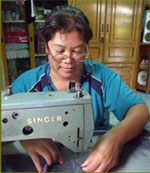 Stories/Case Studies
Stories/Case Studies
Legal Rights for Thailand’s Homeworkers
HomeNet Thailand, with support from WIEGO and other partners, campaigned for more than a decade to win legislative protection for homeworkers....
Read More -
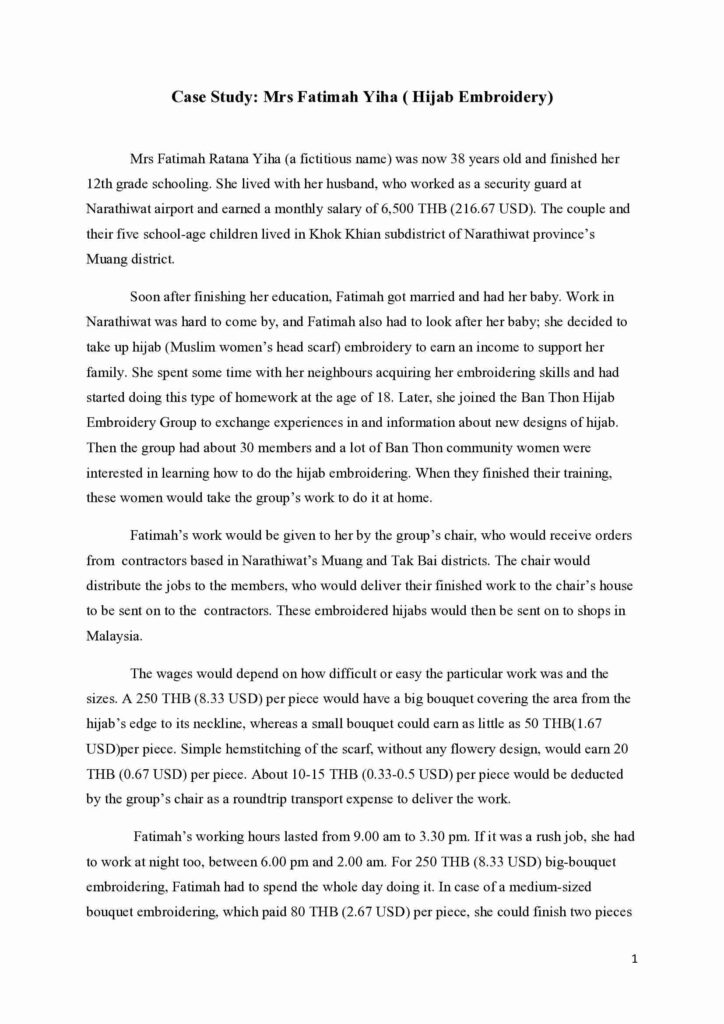 Stories/Case Studies
Stories/Case Studies
Case Study: Mrs Fatimah Yiha ( Hijab Embroidery)
Read More -
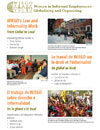 Fact Sheets/Infographics
Fact Sheets/Infographics
WIEGO’s Law and Informality Work
Document in English, French, and Spanish.
Read More -
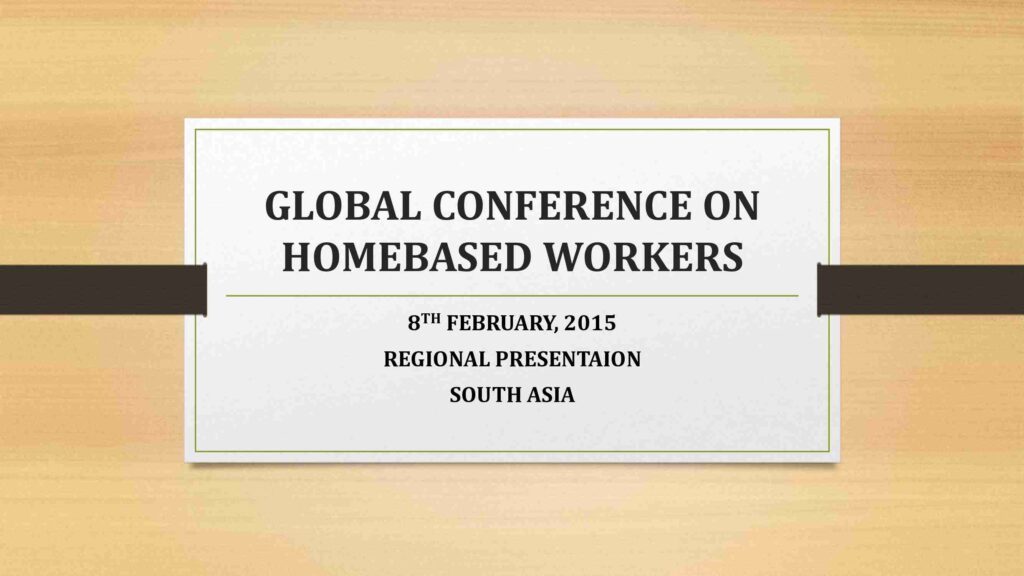 Presentations
Presentations
Regional Update for HomeNet South Asia – Global Conference on HBWs 2015
Presentation from the 2015 Global Conference on Home-Based Workers (HBW) organized by WIEGO and HomeNet South Asia (HNSA).
Read More